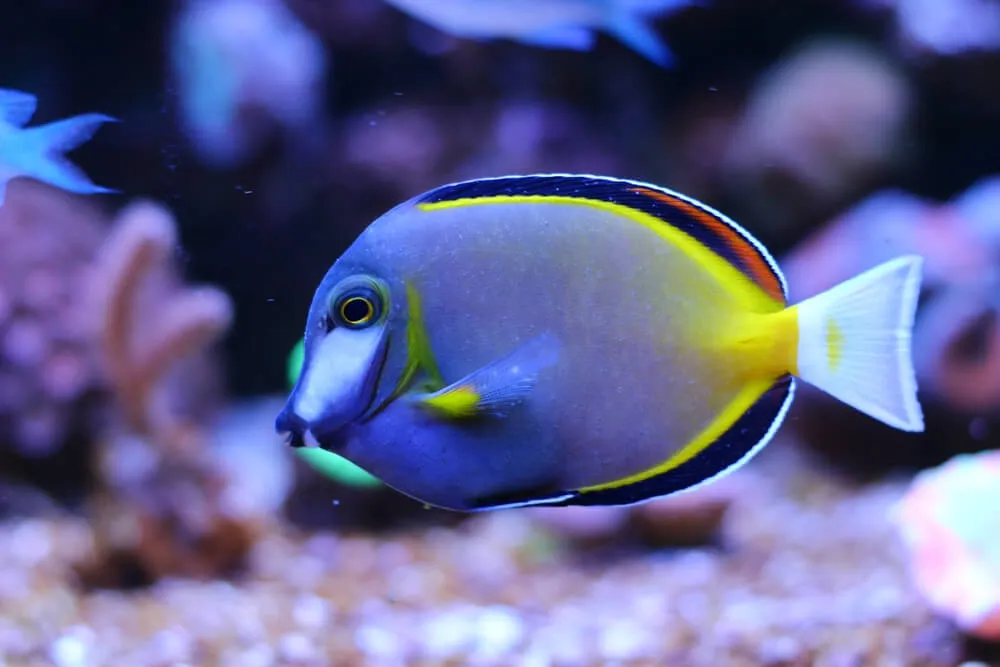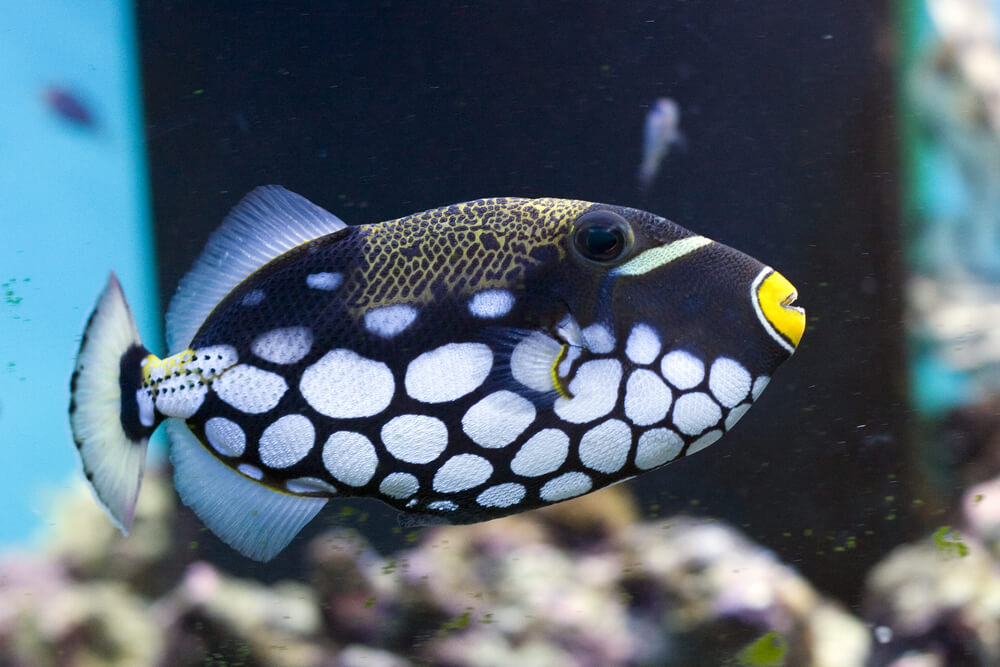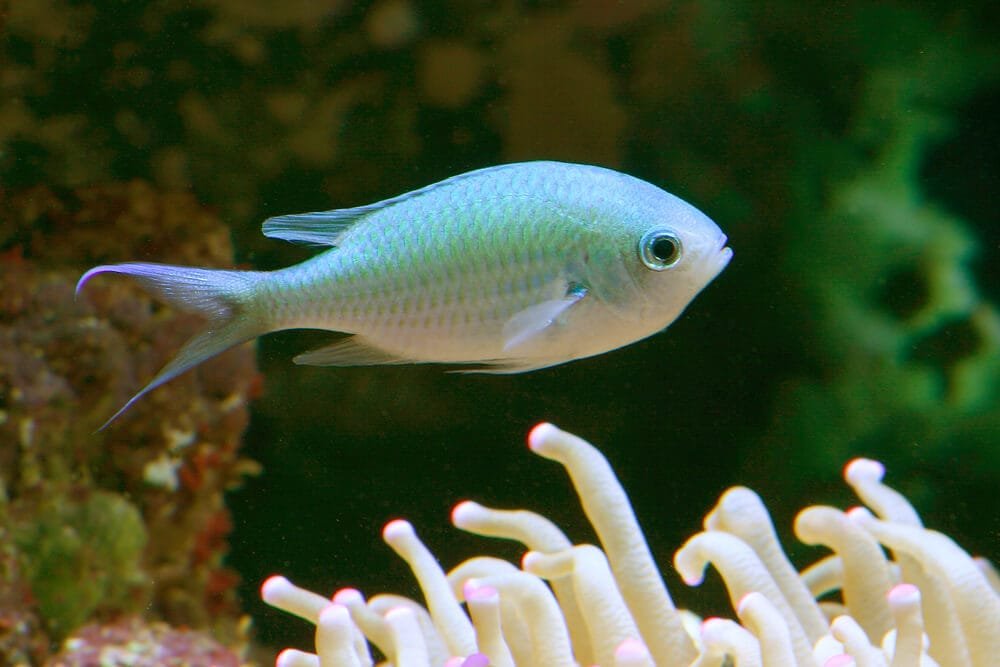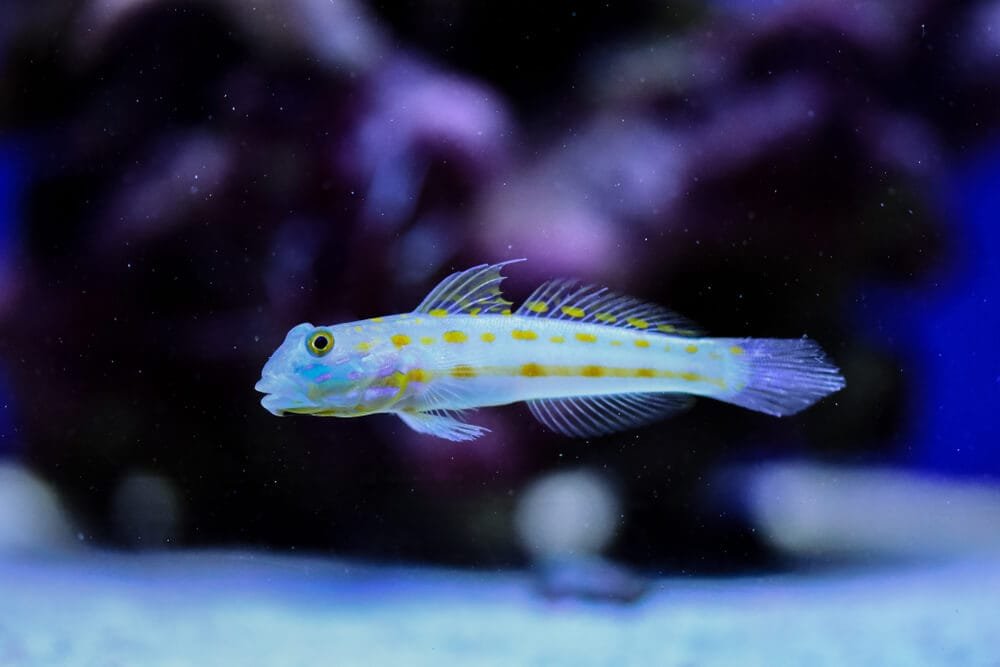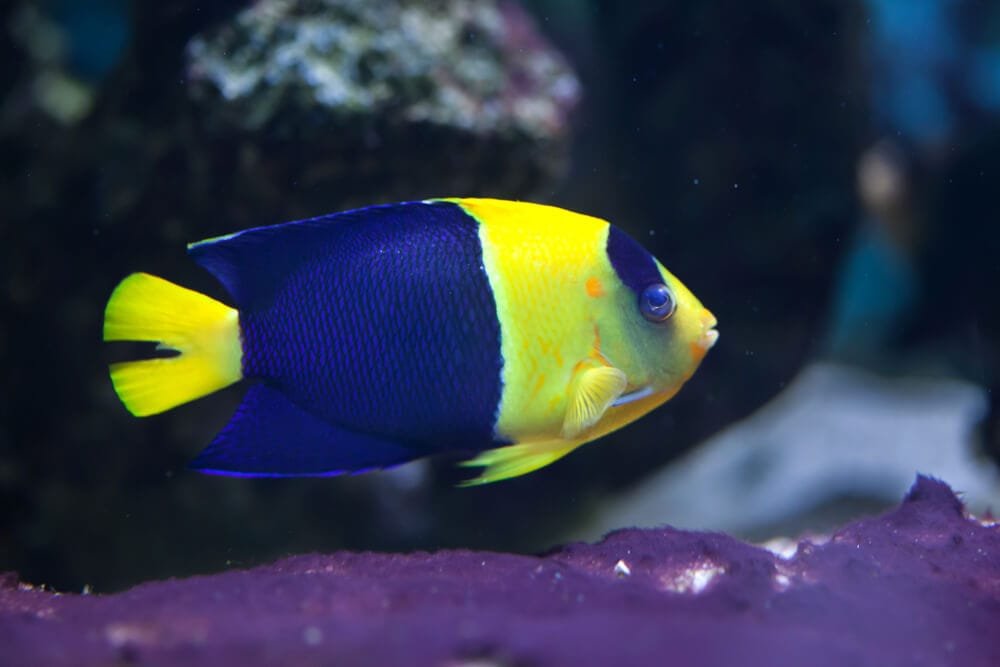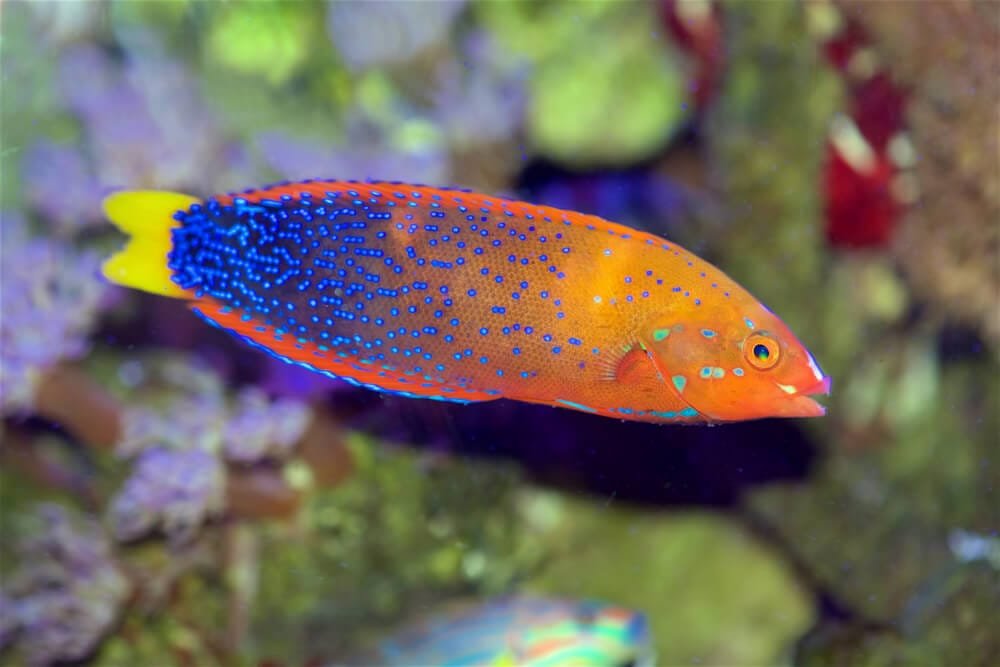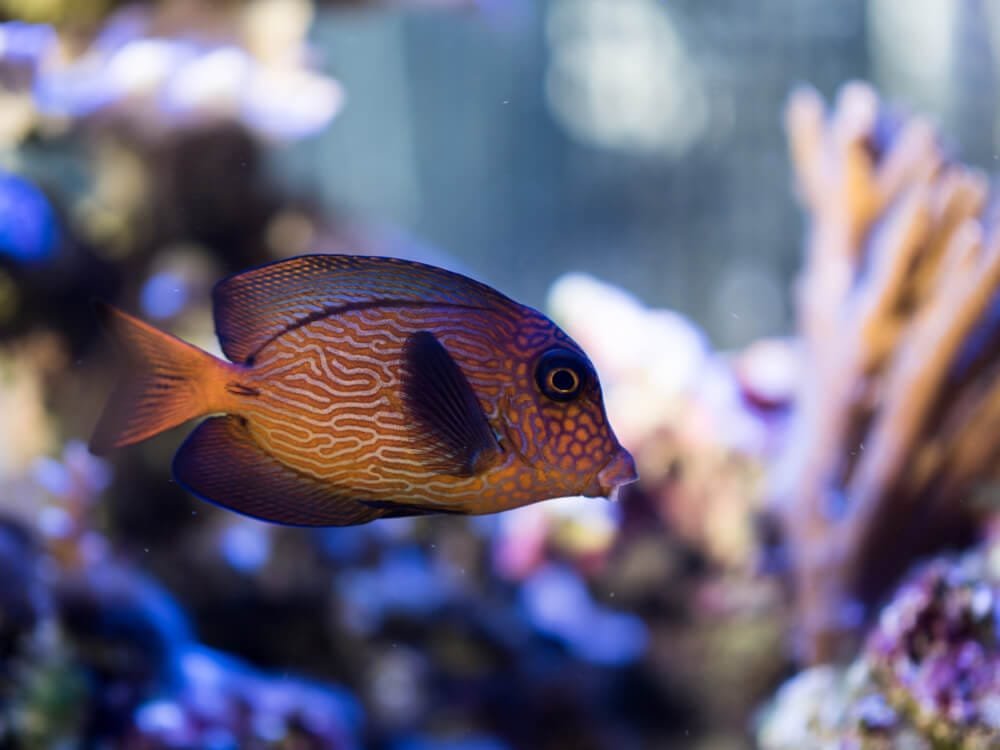Queen Triggerfish 101: Habitat, Behavior and Care Tips Revealed
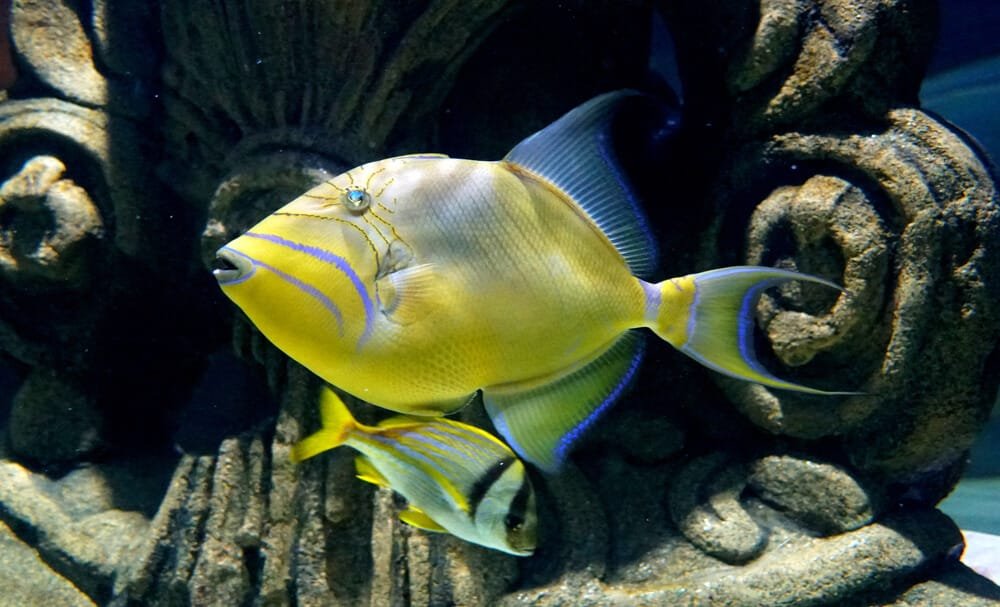
Imagine yourself swimming through warm tropical waters, surrounded by vibrant coral reefs and an array of exotic marine life. As you glide through this underwater paradise, you suddenly come face to face with a majestic creature known as the Queen Triggerfish. With its stunning colors and graceful movements, the Queen Triggerfish is a true queen of the sea. Let’s explore the fascinating world of this remarkable fish and uncover the secrets behind its regal title.
Queen Triggerfish
Welcome to the fascinating world of the queen triggerfish! In this article, we will explore the physical description, habitat and distribution, behavior and diet, reproduction, defense mechanism, threats and conservation, commercial importance, interaction with humans, interesting facts, and ultimately conclude our exploration into this remarkable creature.
Physical Description
The queen triggerfish, also known by its scientific name Balistes vetula, is a visually striking fish with a unique appearance. As their name suggests, they possess a regal beauty that is hard to overlook. These fish can grow up to 2 feet (60 cm) in length and weigh around 8 pounds (3.5 kg). Their bodies are rhomboid-shaped and covered in tough, rough scales, which act as a natural armor against potential threats.
Their vibrant coloration is truly a sight to behold. The queen triggerfish prominently displays a combination of royal blue, yellow, and green hues. These colors are beautifully interwoven on their bodies, creating intricate patterns that almost seem like a work of art. They also have striking iridescent eyes, adding to their overall allure.
Habitat and Distribution
Queen triggerfish are primarily found in the warm tropical waters of the Atlantic Ocean, ranging from the coast of North Carolina in the United States to Brazil. They also inhabit the Caribbean Sea and the Gulf of Mexico. These fish prefer living in coral reefs and rocky coastal areas, where they can find ample food sources and places to hide.
Behavior and Diet
When it comes to behavior, queen triggerfish have a reputation for being highly territorial. They establish a home range within their preferred habitat and actively defend it against intruders. These fish are diurnal, meaning they are most active during the day, and they spend their time searching for food and interacting with their environment.
In terms of diet, queen triggerfish are omnivorous creatures. They have a varied palate and feed on a wide range of food sources. They primarily consume invertebrates such as sea urchins, crustaceans, and mollusks. However, they also enjoy a vegetable-based diet, munching on algae and even feasting on certain reef corals. This adaptability in their diet is essential for their survival in their natural habitat.
Reproduction
The reproductive behavior of queen triggerfish is quite fascinating. Like many fish species, they engage in external fertilization. During the breeding seasons, which typically occur in the warmer months, the male initiates courtship by undergoing a striking transformation. His colors intensify, with vibrant shades of enticing blues and greens. This breathtaking display is aimed at attracting a potential mate.
Once a pair has formed, they engage in an intricate dance, swirling around each other in a synchronized manner. Eventually, the female releases her eggs into the water column, and the male fertilizes them. After fertilization, the female leaves the eggs to the male’s care. He diligently guards the nest until the eggs hatch, which usually takes several days. This paternal care is a remarkable trait observed in many fish species, including the queen triggerfish.
Defense Mechanism
The queen triggerfish is equipped with an intriguing defense mechanism, which it prominently displays when feeling threatened. When threatened, these fish will erect a dorsal spine, also known as a “trigger,” found on their back, just above the pectoral fin. This spine is usually tucked away, but when triggered, hence the name “triggerfish,” it locks in an upright position, acting as a formidable deterrent against predators. Even experienced divers know to keep a respectful distance when encountering a queen triggerfish in defense mode, as the spine can cause painful injuries.
Threats and Conservation
Despite their captivating beauty, queen triggerfish face various threats that endanger their population. One significant threat is overfishing. These fish are sought after for the aquarium trade due to their stunning appearance. However, unregulated harvesting can have a detrimental impact on their population and the delicate balance of their ecosystems.
Another threat to queen triggerfish is habitat degradation. Pollution, coral bleaching, and destructive fishing practices all contribute to the decline of their preferred habitats. As coral reefs suffer, so do the populations of fish that rely on them for survival. To ensure the long-term survival of queen triggerfish, it is crucial to address these threats and implement effective conservation measures.
Commercial Importance
Queen triggerfish hold both commercial and recreational importance. In some regions, they are harvested for food, and their meat is considered a delicacy. However, it is essential to regulate and manage their harvest to maintain sustainable populations. In addition, their vibrant colors and unique appearance make them popular choices for aquarium enthusiasts. By promoting responsible practices in both the fishing and pet trade industries, we can help protect the queen triggerfish and ensure they continue to thrive in their natural habitats.
Interaction with Humans
Interactions between queen triggerfish and humans can be both positive and negative. The vibrant colors and intriguing behavior of these fish make them a delight to observe while snorkeling or scuba diving. They add a splash of beauty to the underwater world, captivating the hearts and minds of nature enthusiasts.
However, it is vital to approach these fish with caution, as their territorial nature can lead to aggressive behavior. It is recommended to maintain a respectful distance, avoid provoking them, and observe from a safe distance to minimize any potential negative interactions.
Interesting Facts
- Queen triggerfish are known for their ability to make grunting sounds, which they produce by grinding their pharyngeal teeth together. These vocalizations serve various purposes, such as communication, territorial defense, and courtship rituals.
- Due to their affinity for munching on spiky sea urchins, queen triggerfish play a crucial role in keeping the populations of these creatures in check, preventing overgrazing on coral reefs.
- The robust jaw anatomy of the queen triggerfish allows them to crush and feed on the hard exoskeletons of their prey, proving their competence as versatile and resourceful hunters.
Conclusion
In conclusion, the queen triggerfish is a captivating creature that dazzles with its vibrant colors and striking appearance. Its ability to adapt, thrive in coral reefs, and engage in unique behaviors reflects the wonders of the natural world. As we continue to learn more about these majestic fish, it is crucial to promote responsible practices to ensure their continued existence and the preservation of their delicate ecosystems. By appreciating and respecting the queen triggerfish and its habitat, we can contribute to their conservation and the preservation of the underwater world they call home.
